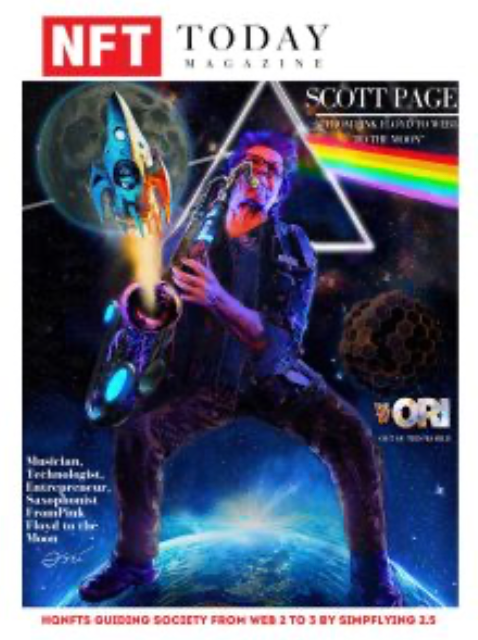Georges Chouchani: Solving DeFi’s Liquidity Puzzle with Euclid Protocol
Staff Writer • 2024-11-30
DeFi is riddled with challenges, and Georges Chouchani, the visionary CEO and Founder of Euclid Protocol, is tackling one of the biggest ones: fragmented liquidity and idle on-chain assets. On the Stonks Go Moon Podcast, Chouchani shared how Euclid Protocol is paving the way for a more efficient and interconnected DeFi ecosystem. Idle On-Chain Assets: The Bottleneck in DeFi Chouchani began by explaining the concept of idle on-chain assets. "Idle assets are locked in contracts with the intent to generate revenue but fail to do so due to fragmented liquidity. These assets sit on underused chains, generating no fees for liquidity providers or market makers," he explained. With over 2,000 blockchains in existence but only 10 generating substantial revenue, the inefficiencies are clear. Assets on lesser-used chains are effectively stranded, unable to participate in meaningful DeFi activity. The Euclid Solution: A Unified Liquidity Layer Euclid Protocol addresses these challenges with its Unified Liquidity Layer, which eliminates the need for traditional bridges. "Think of it like Swift for banks, but for blockchains," Chouchani said. Using a decentralized messaging system, chains communicate their available assets, enabling trades without physically moving assets across chains. The key innovation here is the Virtual Liquidity Pool (VLP), a decentralized clearinghouse that facilitates seamless swaps. "For example, if you have 100 ETH on Ethereum, our protocol allows you to share that liquidity with Solana, enabling trades without directly interacting with the Solana chain," Chouchani elaborated. This approach not only reduces costs and wait times but also enhances security by removing the vulnerabilities associated with traditional bridges. Real-World Applications and Adoption Euclid Protocol is currently live on testnet with 20 chains and plans to expand to 50 chains by the end of the year. The benefits of this integration are substantial: • For Blockchain Networks: Chains can bootstrap liquidity, attracting users and applications without needing significant native liquidity. • For Users: Traders can access the best rates across chains without bridging, reducing costs and complexity. • For Applications: dApps can become inherently omnichain, serving users across multiple ecosystems without additional infrastructure. Early Success: Beta and User Feedback Euclid Protocol’s beta has attracted over 20,000 users, and the feedback has been overwhelmingly positive. "We’ve demoed the protocol to partners and applications, and they’re excited about its potential. It’s clear there’s demand for what we’re building," Chouchani shared. This strong early interest validates Euclid Protocol’s approach and sets the stage for broader adoption. The Road Ahead: Goals and Vision When asked about the long-term vision for Euclid Protocol, Chouchani was clear: "Our goal is to eliminate the need for traditional bridges and create a unified, secure, and scalable ecosystem for swapping assets. Success means becoming the backbone of DeFi liquidity." In the short term, Euclid Protocol aims to process $2 billion in volume within 6-12 months of its mainnet launch and scale to $20 billion in three years. The Political Landscape: Crypto’s Future Under a New U.S. Administration Chouchani also weighed in on the recent U.S. elections, where Trump became the 47th president and Republicans gained control of the Senate. "The Democrats have been largely hostile to crypto, framing it as a tool for criminals. With Republicans in power, we might see more positive regulatory proposals," he noted. Chouchani highlighted the possibility of Gary Gensler being replaced as SEC Chair, which could signal a more crypto-friendly regulatory environment.
See More Posts
A look at how NFTS, Web 3, Gaming, Cryptocurrencies and Blockchain are reshaping businesses across the globe.
@NFT Today Magazine


